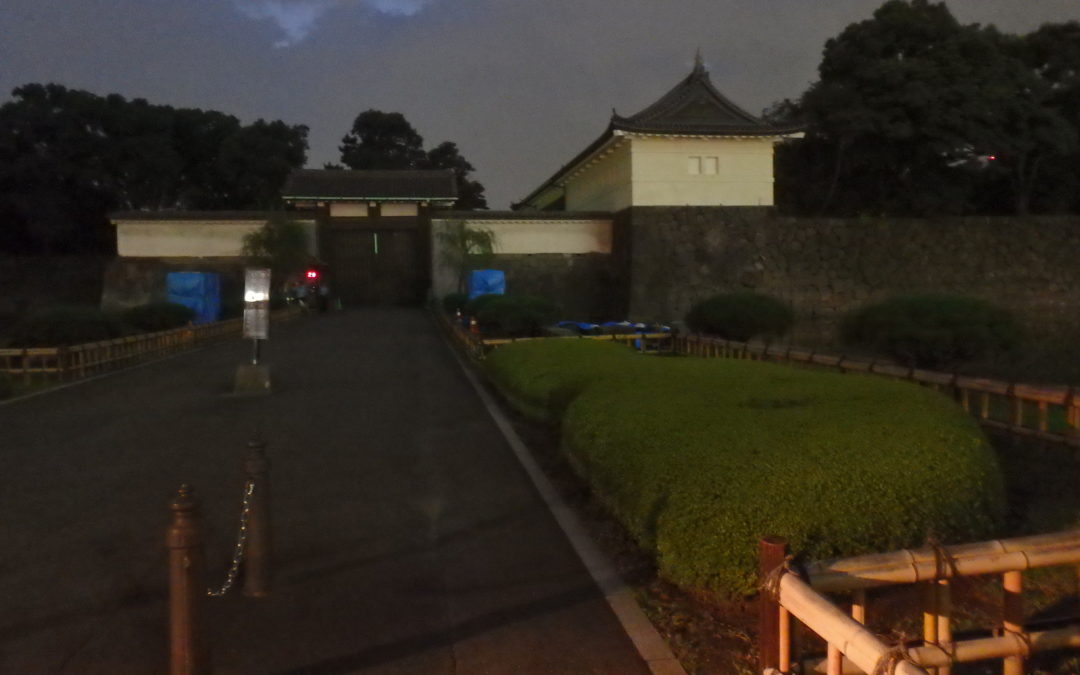Imperial Palace and East Gardens
The Tokyo Imperial Palace is the official residence of the imperial household, and is a short and pleasant walk from Tokyo Station. 1st May, 2019 marks the abdication of Emperor Akihito and the succession of his son, Crown Prince Naruhito. Around this time, there will be a lot of activity around the Imperial Palace, so be prepared for crowds and extra security.
The palace is the site of the former Edo-jo (Edo Castle), once the seat of the Tokugawa Shogunate, until it was overthrown in 1868. First built in 1888, much of the palace has since been destroyed by war and fire, and the current structure was completed in 1968.
The inner grounds of the palace are only open to the public a few times a year. The rest of the time you can take a guided tour of the palace grounds (the buildings are strictly off limits). It is recommended that you prebook your tour online, although be warned, the English language booking website is very clunky. You can also try your luck on the day of your visit and line up for a walk-in registration.
Adjacent to the inner grounds of the palace are the Imperial Palace East Gardens. No registration is required to visit the gardens and visitors are welcome any time during opening hours. These hours don’t always fit around a tight tourist schedule, so be sure to have a look at the opening (and closing) days and times on the website – you may need to sit down with a calendar, a pencil and a list of Japanese public holidays to try to work out if it’ll be open when you’re in Tokyo. If it isn’t, a walk around the palace, taking in the moats, bridges and turrets, is still quite satisfying.
On your walk between the Imperial Palace and Tokyo Station, don’t forget to take a look at the sophisticated Tokyo Station building itself. The building is a very much European-inspired red brick and celebrated its centenary in 2014. Restorations completed in 2012 have left it looking very grand.
Best access: JR Tokyo Station (Marunouchi Central Gate, exit 1)

